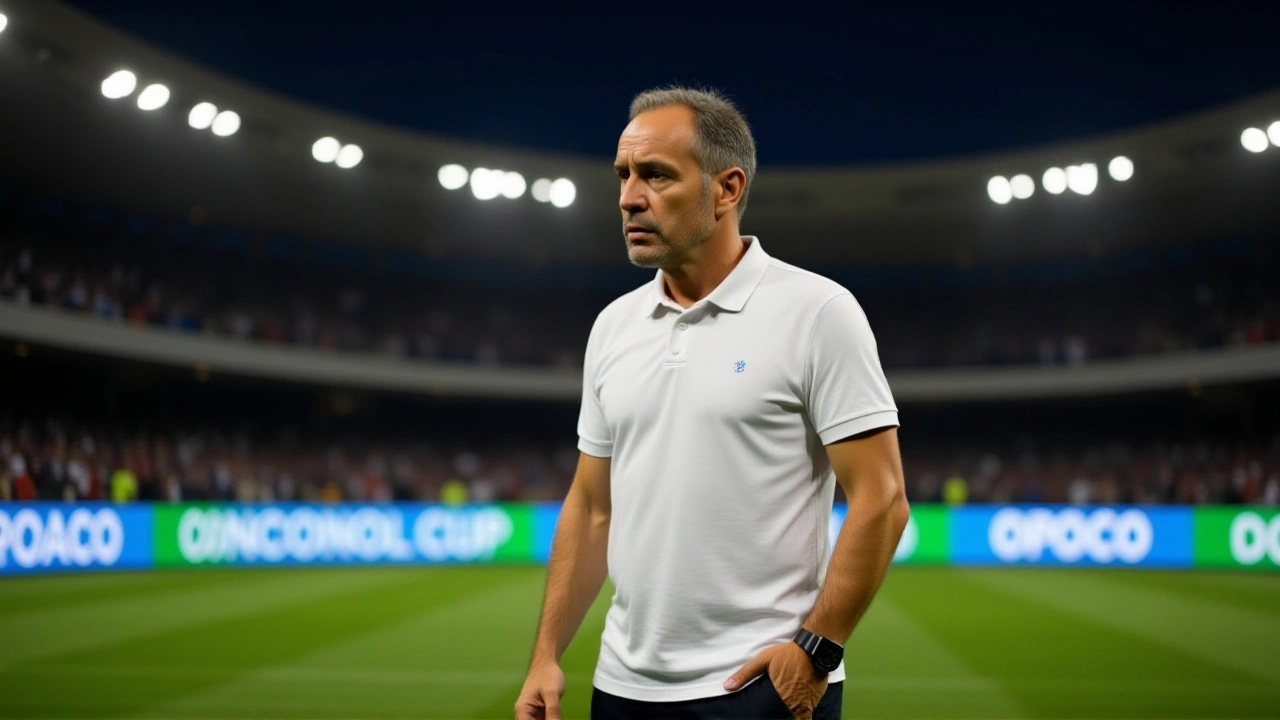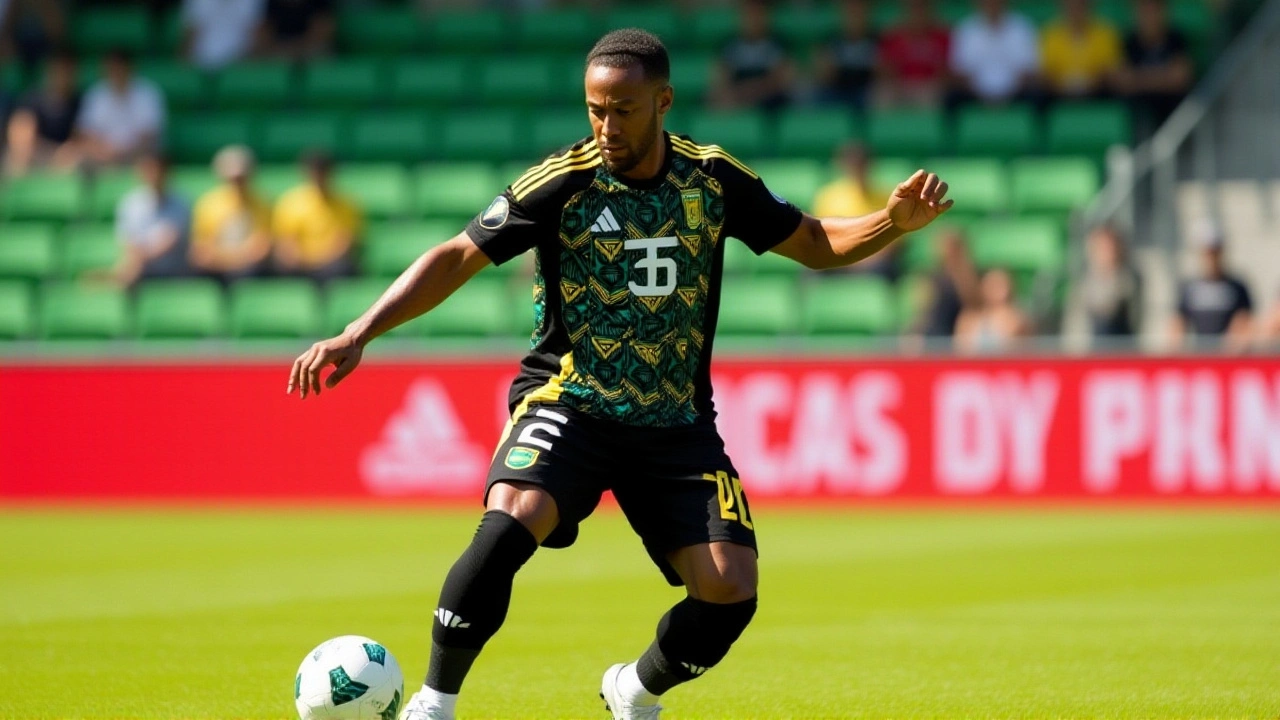On a rainy Tuesday night in Kingston, Jamaica, a tiny Caribbean island with fewer people than many U.S. high schools made football history. Curaçao defeated Jamaica 2-1 to clinch a spot in the 2026 FIFA World CupUnited States, Canada, and Mexico—becoming the smallest nation ever to qualify for the tournament. With a population of just 165,138, Curaçao shattered Iceland’s 2018 record and rewrote the rules of what’s possible in international football. Meanwhile, Italy, a four-time champion, watched from home after a 1-0 loss to Switzerland in Geneva, marking the second straight World Cup they’ve missed. The twist? None of Curaçao’s players were born on the island.
The Miracle of No Native Players
It sounds impossible. A national team with zero players born on home soil. But that’s exactly what Curaçao fielded. All 26 men on their World Cup roster were born abroad—19 in the Netherlands, 5 in Belgium, and 2 elsewhere in Europe. The reason? Decades of migration. After the dissolution of the Netherlands Antilles in 2010, Curaçao gained FIFA membership as a separate entity. But its football infrastructure never caught up. So Patrick Kluivert, the 56-year-old former Dutch star and now Curaçao’s technical director since January 2023, did something radical: he stopped recruiting players from the island and started hunting for talent in European academies with Curaçaoan roots.
Giorgino Ressel, 28, a midfielder for FC Volendam in the Dutch second division, was born in Amsterdam. Jarchinio Antonia, 34, the veteran forward who scored in Kingston, was raised in Rotterdam. Denswil Jens, 31, the rock-solid center-back from Royal Antwerp, was born in Brussels. They never set foot on Curaçao until they were called up. "It’s not about where you’re born," Kluivert told Marca.com. "It’s about who you are. And these boys? They’re Curaçaoan."
A Nation of Diaspora, Not Geography
Before this, Curaçao had never qualified for a World Cup. Their best result? Fourth place in the 2017 CONCACAF Gold Cup. Their previous attempts in 2014, 2018, and 2022 ended in early exits. But with Kluivert’s diaspora strategy, they turned weakness into advantage. The Netherlands, with its deep talent pool and strong youth systems, became a pipeline. Belgian clubs, known for developing versatile defenders and midfielders, became another. And suddenly, a nation of 165,000 people had a squad that could compete with giants.
"Curaçao’s qualification marks the first time a nation with no FIFA World Cup appearances has qualified for an expanded tournament," said Amanda Cromwell, CONCACAF spokesperson, after the match. It’s not just a fluke—it’s a blueprint. Other small nations, like Trinidad and Tobago or Jamaica, are watching. Could this become the new model for underdogs?
Italy’s Fall and the New World Order
While Curaçao celebrated, Italy’s nightmare deepened. The Azzurri, winners of four World Cups (1934, 1938, 1982, 2006), lost 1-0 to Switzerland in Geneva on the same night. It’s the second time in a row they’ve missed the tournament—something that hasn’t happened since 1958. The defeat wasn’t just a loss; it was a reckoning. Italy’s aging squad, tactical stagnation, and lack of youth development have caught up. Fans in Turin, Milan, and Naples didn’t just mourn—they questioned whether the old guard still belongs in the game.
Compare that to Curaçao. Where Italy clings to tradition, Curaçao embraced evolution. Where Italy’s federation struggled with internal politics, Kluivert built a unified, modern team with clear identity. The contrast couldn’t be starker. And it’s not just Italy. Other traditional powers like the Netherlands and Spain barely squeaked through. The 2026 World Cup, with its 48-team format, isn’t just bigger—it’s more unpredictable.

The Ripple Effect: Revenue, Draws, and the Future
The 2026 World Cup is projected to generate $11 billion in revenue—37.5% more than 2022, according to FIFA Secretary General Mattias Grafström. That’s billions more for smaller federations like Curaçao, who’ll get a share. Their first match? June 15, 2026, at BC Place Stadium in Vancouver, Canada. They’ve been placed in Pot 4 for the final draw on December 3, 2025, at the Seaport in New York City. They won’t be favorites. But they won’t be ignored.
And then there’s Cape Verde. The West African nation, also qualifying on November 17, 2025, joins Curaçao as a symbol of the new World Cup reality. No longer just about geography or history. Now, it’s about networks, identity, and smart recruitment.
What This Means for Football
This isn’t just about one team. It’s about the death of the old hierarchy. The World Cup used to be a club for the big, the rich, the established. Now, it’s open to the determined. Curaçao didn’t win because they had the best stadium, the most funding, or the most youth academies. They won because they redefined what a national team could be.
Next time you hear someone say "small countries can’t compete," remember Kingston, November 18, 2025. Remember the 26 men who never played on their homeland but carried its name like a flag. And remember Italy—four-time champions, now watching from the sidelines, wondering where it all went wrong.
Frequently Asked Questions
How did Curaçao qualify without any native-born players?
Curaçao’s entire 26-man squad was born abroad, primarily in the Netherlands and Belgium, due to a diaspora-focused recruitment strategy led by Technical Director Patrick Kluivert. Since becoming a separate FIFA member in 2011, Curaçao’s federation targeted players of Curaçaoan descent in European leagues, bypassing its limited domestic talent pool. This approach allowed them to assemble a technically skilled team that competed at a higher level than their population size suggested.
Why is Italy’s elimination such a big deal?
Italy is one of only four nations to have won the World Cup four times (1934, 1938, 1982, 2006). Their failure to qualify for back-to-back tournaments—first in 2022 and now in 2026—is unprecedented since 1958. It signals a deep crisis in Italian football, from youth development to tactical stagnation, and raises questions about whether their traditional model can survive in a modern, globalized game.
What makes the 2026 World Cup different from previous editions?
The 2026 tournament expands to 48 teams—up from 32—making room for smaller nations like Curaçao and Cape Verde. This shift, coupled with increased revenue ($11 billion projected), gives lesser-known federations more financial incentive and exposure. It also levels the playing field, allowing innovative strategies like Curaçao’s diaspora model to succeed where traditional methods failed.
Where will Curaçao play their first World Cup match?
Curaçao’s debut match is scheduled for June 15, 2026, at BC Place Stadium in Vancouver, Canada, one of the 16 venues hosting the tournament. With a capacity of 54,320, the stadium will host a historic moment: the first-ever World Cup game featuring a team from the smallest nation ever to qualify. Their opponent is still to be determined in the December 3 draw in New York City.
How does Curaçao’s population compare to other World Cup qualifiers?
Curaçao’s population of 165,138 is less than half of Iceland’s 376,248 during its 2018 qualification—the previous record holder. It’s also smaller than the populations of all 10 smallest nations ever to qualify for a World Cup, including Trinidad and Tobago (1.4 million in 2006) and Northern Ireland (1.8 million in 1982). No nation with fewer people has ever reached the finals before.
Who is Patrick Kluivert, and why is he so important to this story?
Patrick Kluivert, 56, is a former Netherlands international and 1998 World Cup final scorer who became Curaçao’s technical director in January 2023. He’s the architect of their diaspora strategy, leveraging his connections in Dutch and Belgian football to identify players with Curaçaoan heritage. His leadership transformed a team that had never qualified into a historic qualifier, proving that vision matters more than population size.
